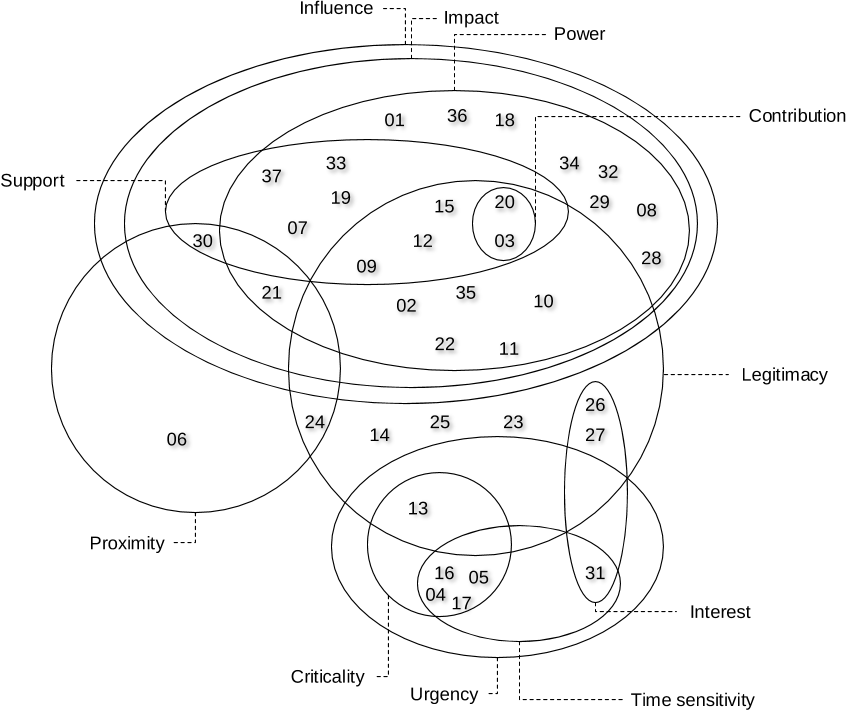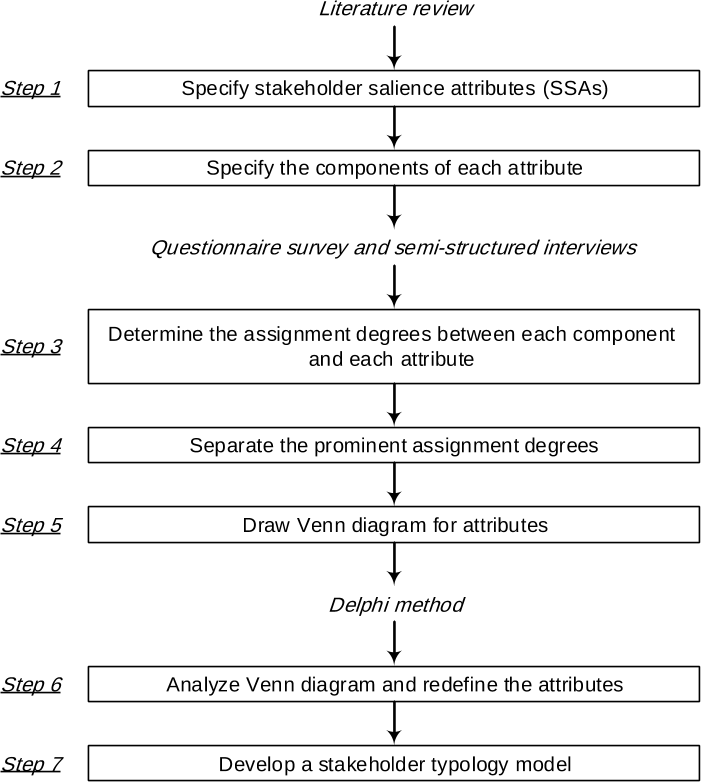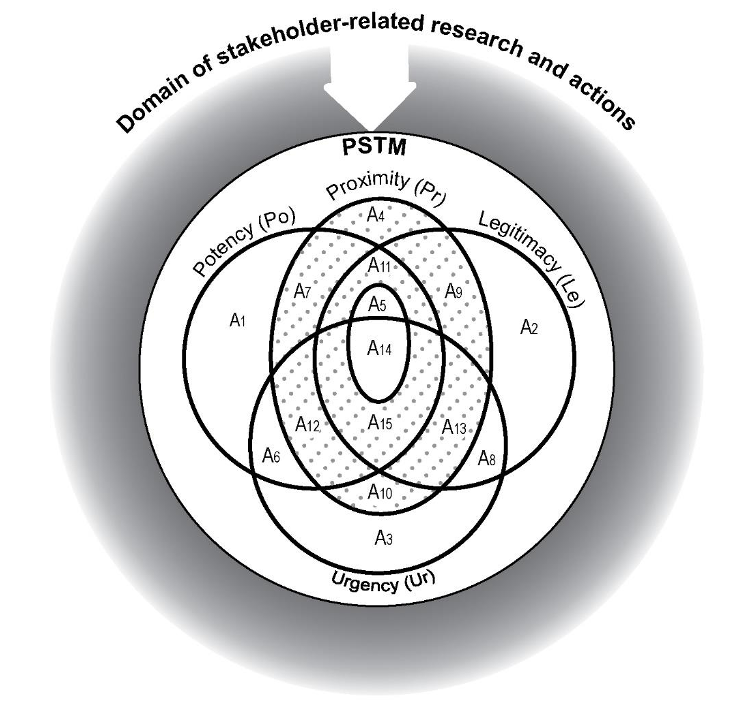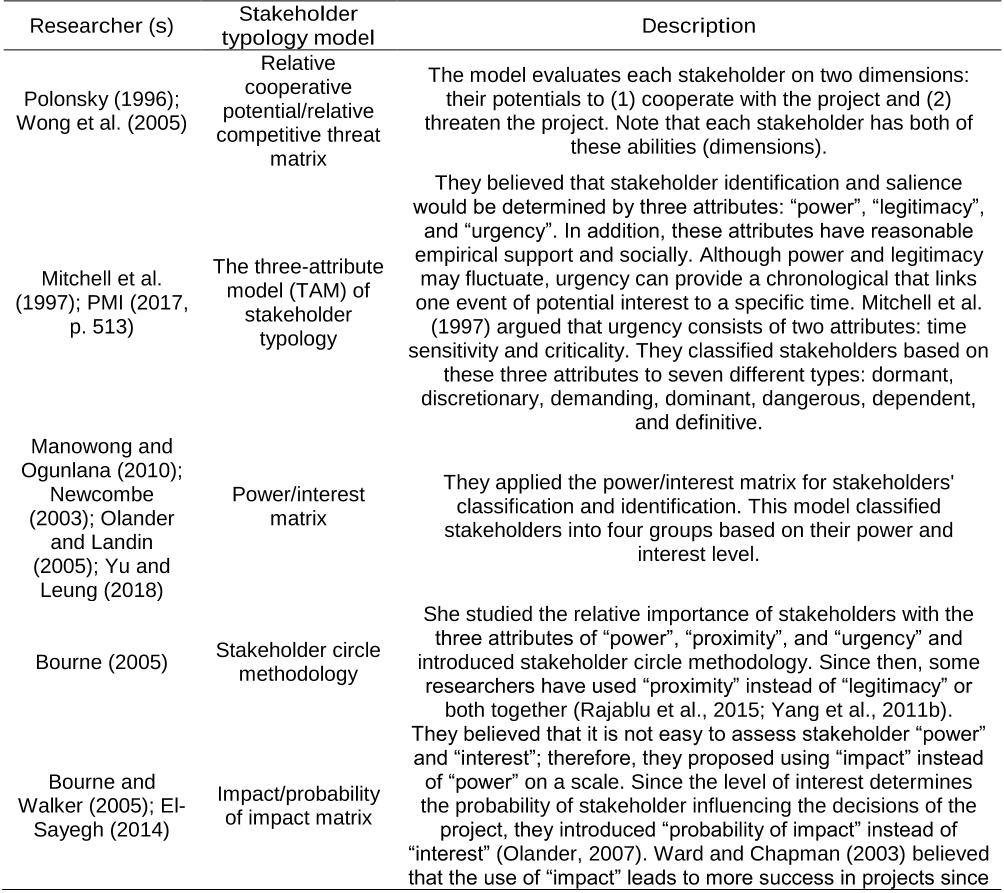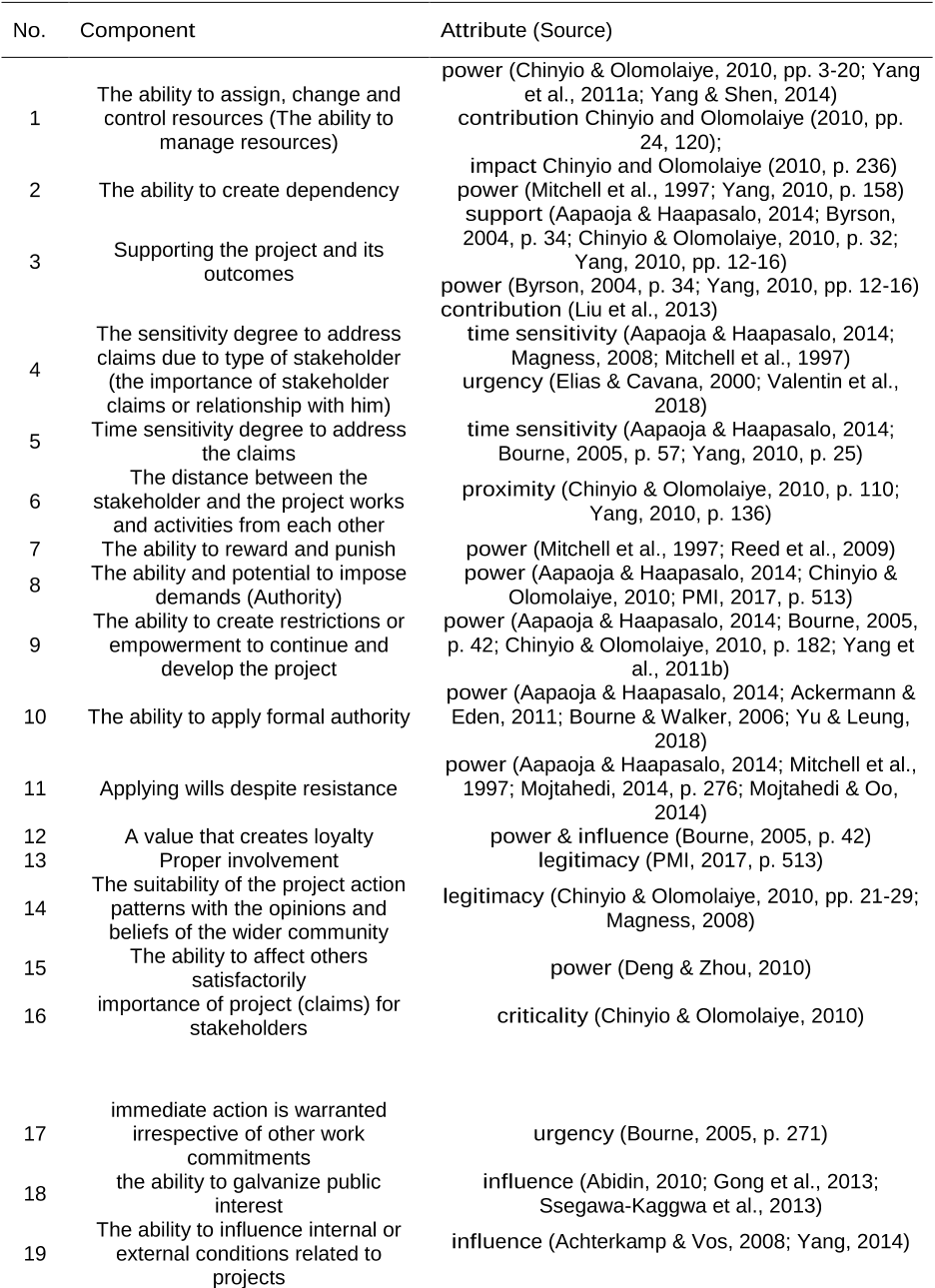Abstract: There is a general understanding that university plays a crucial role in regional development under the current age of knowledge economy. At the same time, we have observed a fair number of counter-evidentiary studies, demonstrating several regions that do not thrive despite strong research universities or other patterns of development in the absence of research universities. However, they are based on case studies of individual universities or regions, and the findings currently cannot be generalized. Another set of studies that have challenged the effect of universities at the nationwide scale and demonstrated its disproportionately small impact of universities, but their scope is limited to spin-offs, patents, and license activities. In this article, we propose to investigate this subject more systematically by triangulating three methods: 1) national-scale regression models with Business Dynamics Statistics and National Establishment Time Series data, 2) a regional survey of IT and life science firms in four so-called “second tier regions,” and 3) a microeconomic firm-level analysis based on interviews with founders of technology intensive firms. Furthermore, we test the roles of university beyond those explicit, direct measures of spin-offs and patents by analyzing the firm formation rate and firm growth rate at the regional level, as well as the sources of growth at the company level. All results point in the same direction: The research function of the university has been overstated, and the teaching function of the university has been underappreciated. These findings provide profound implications for the policy of regional development.
